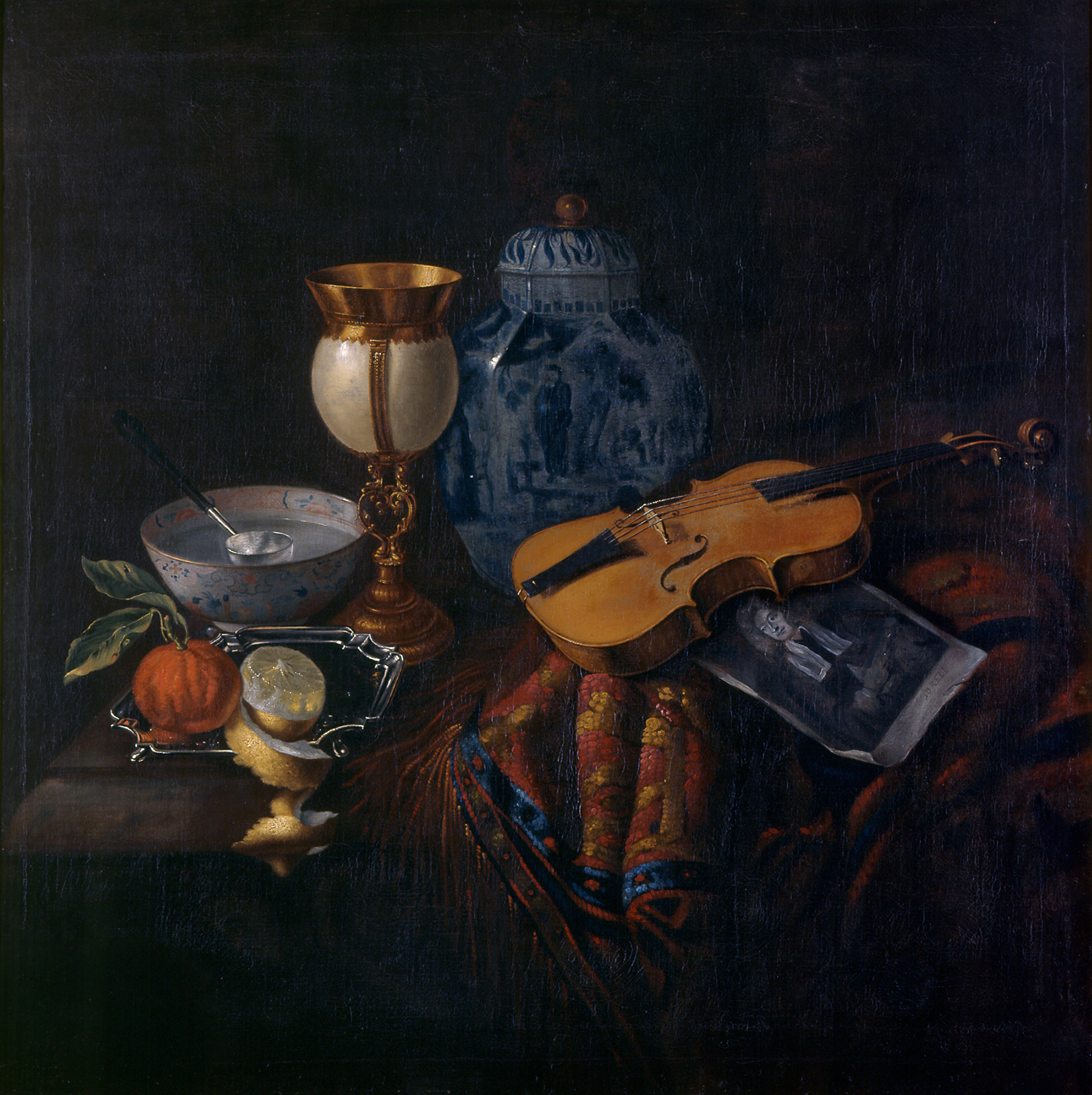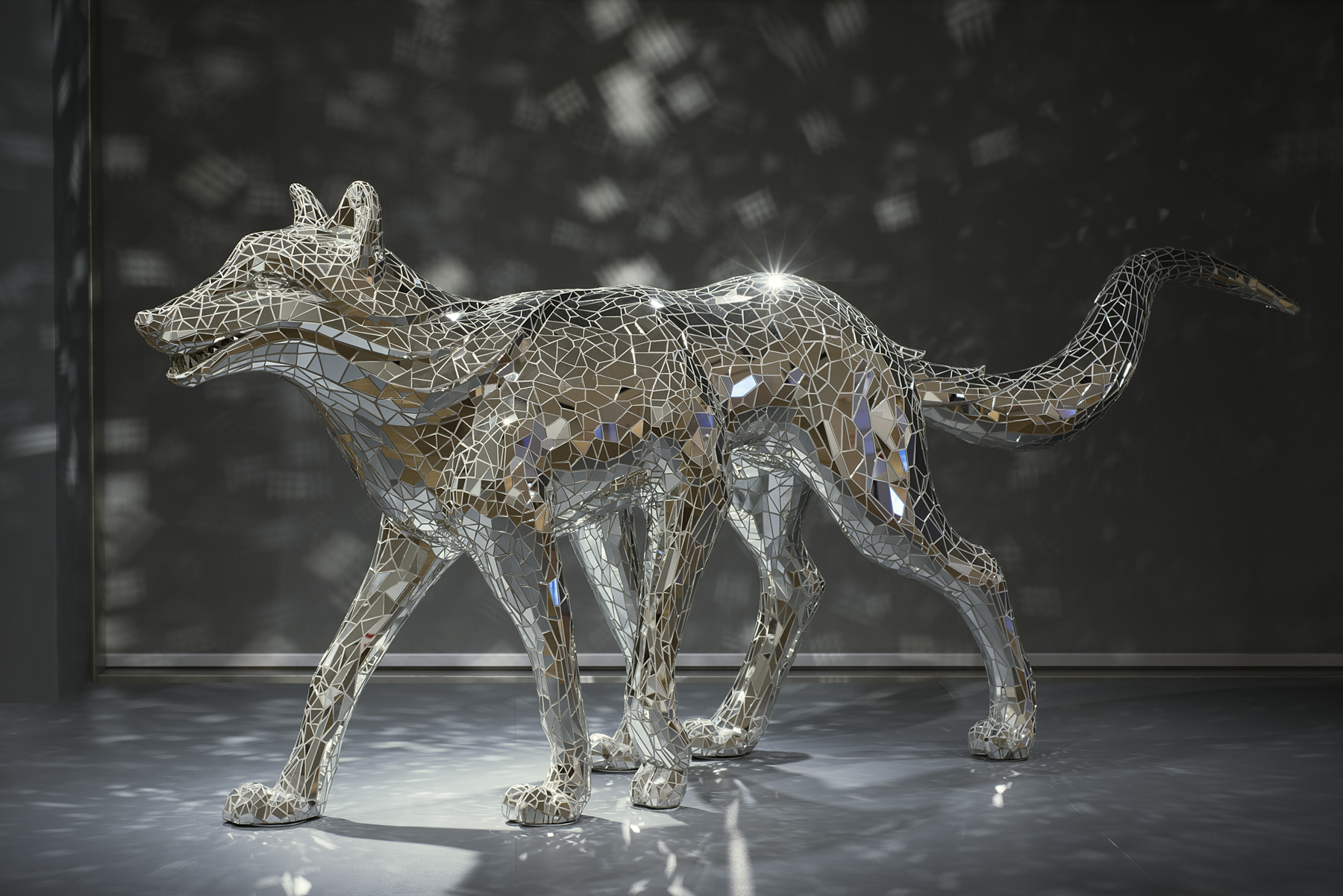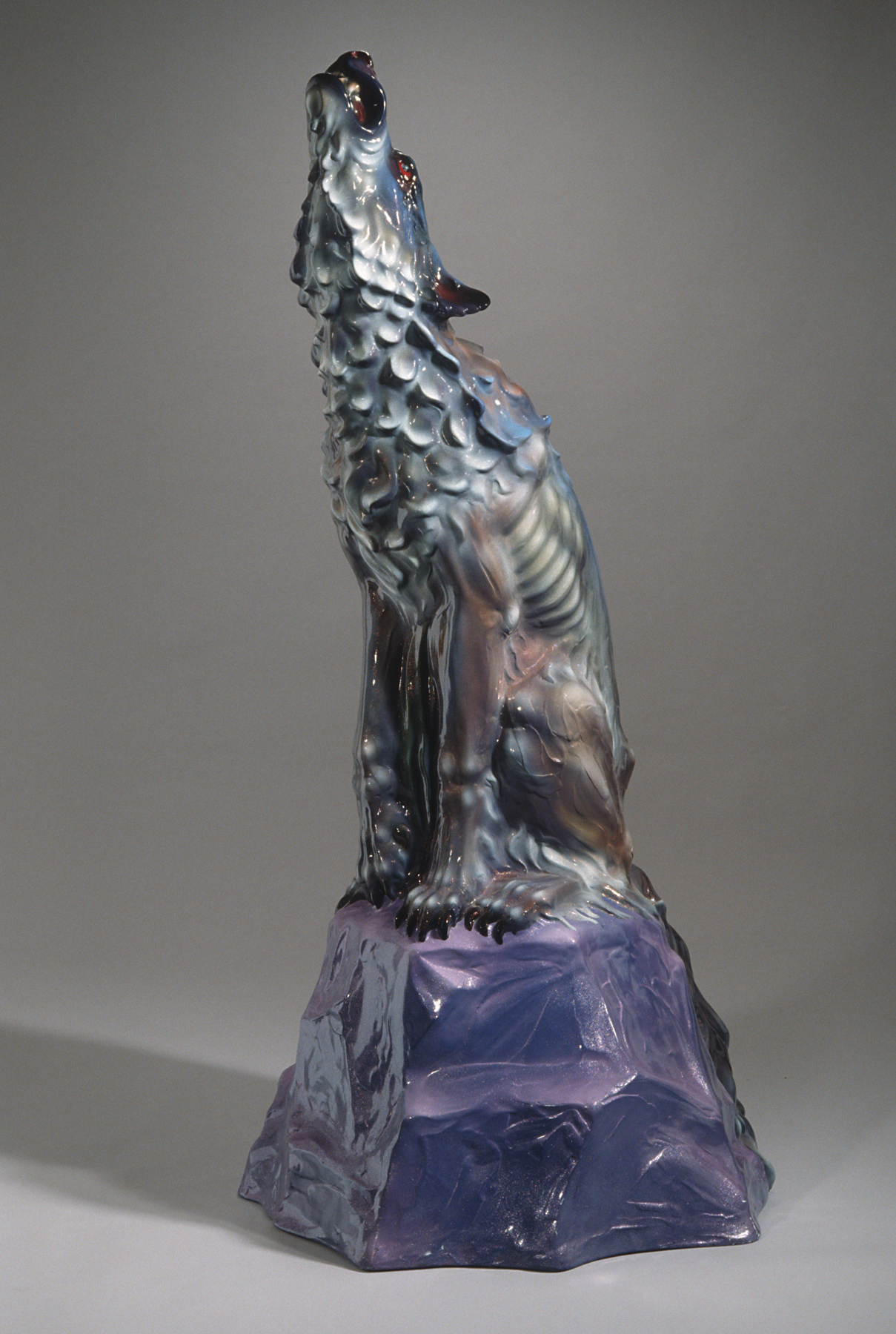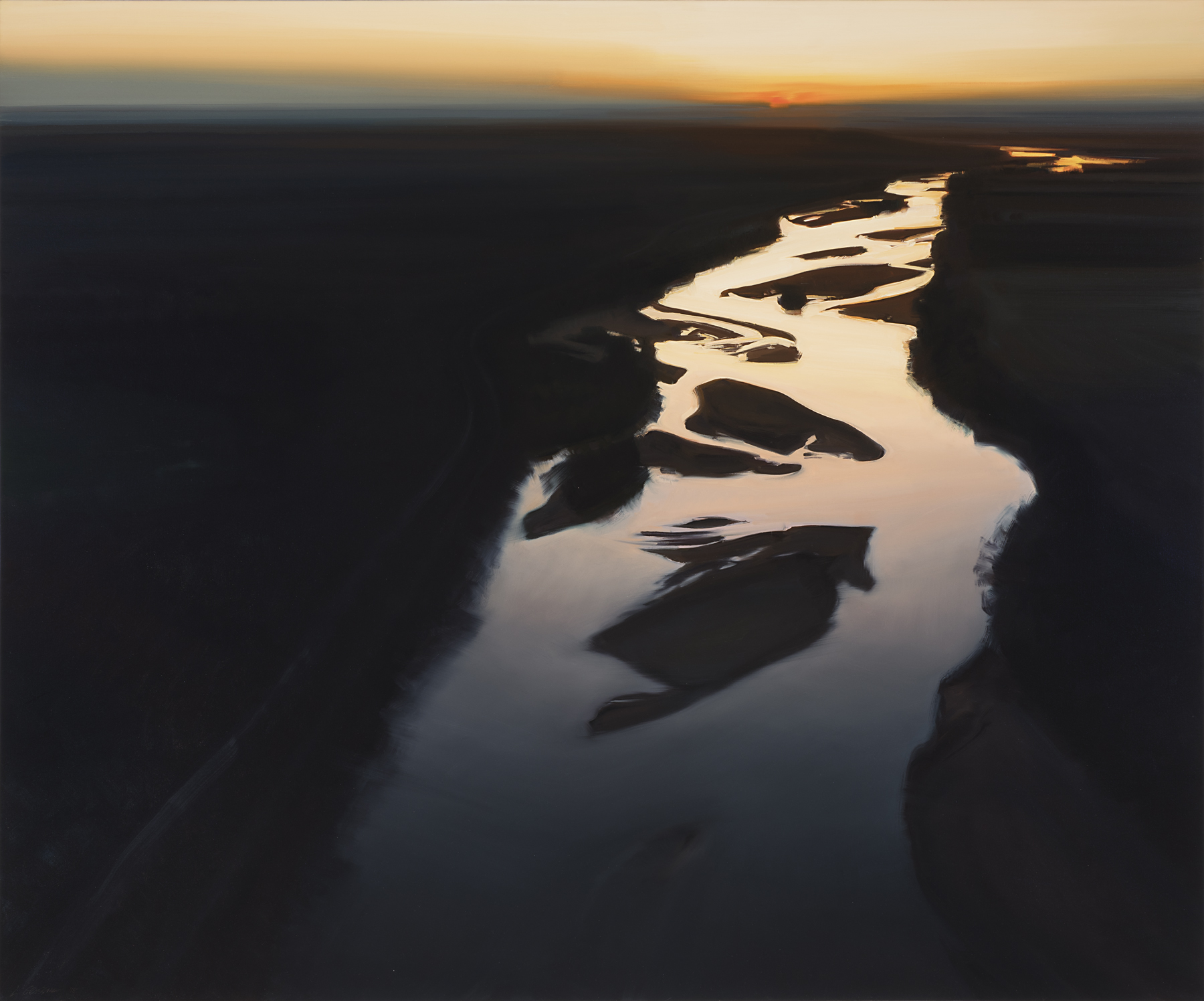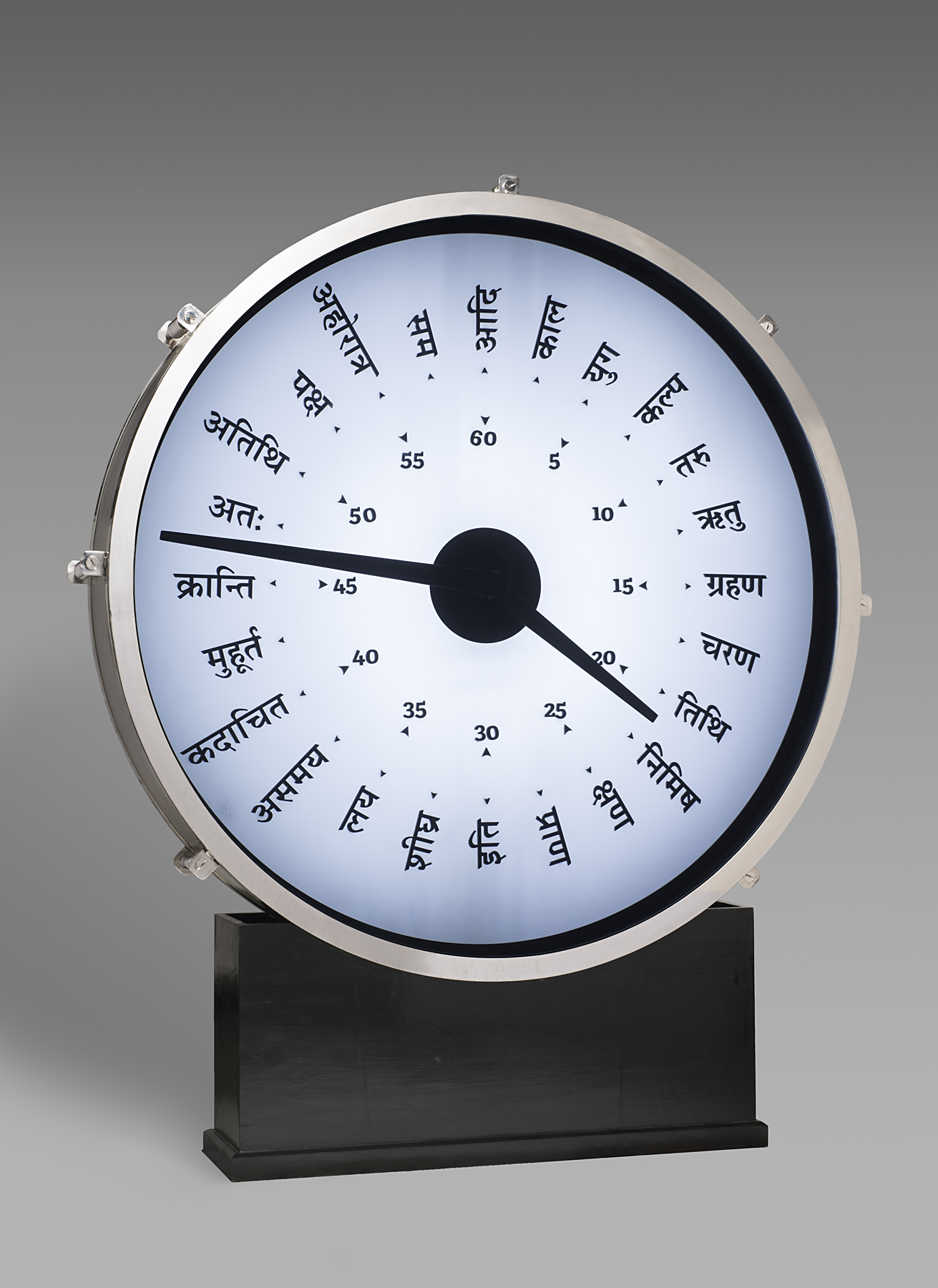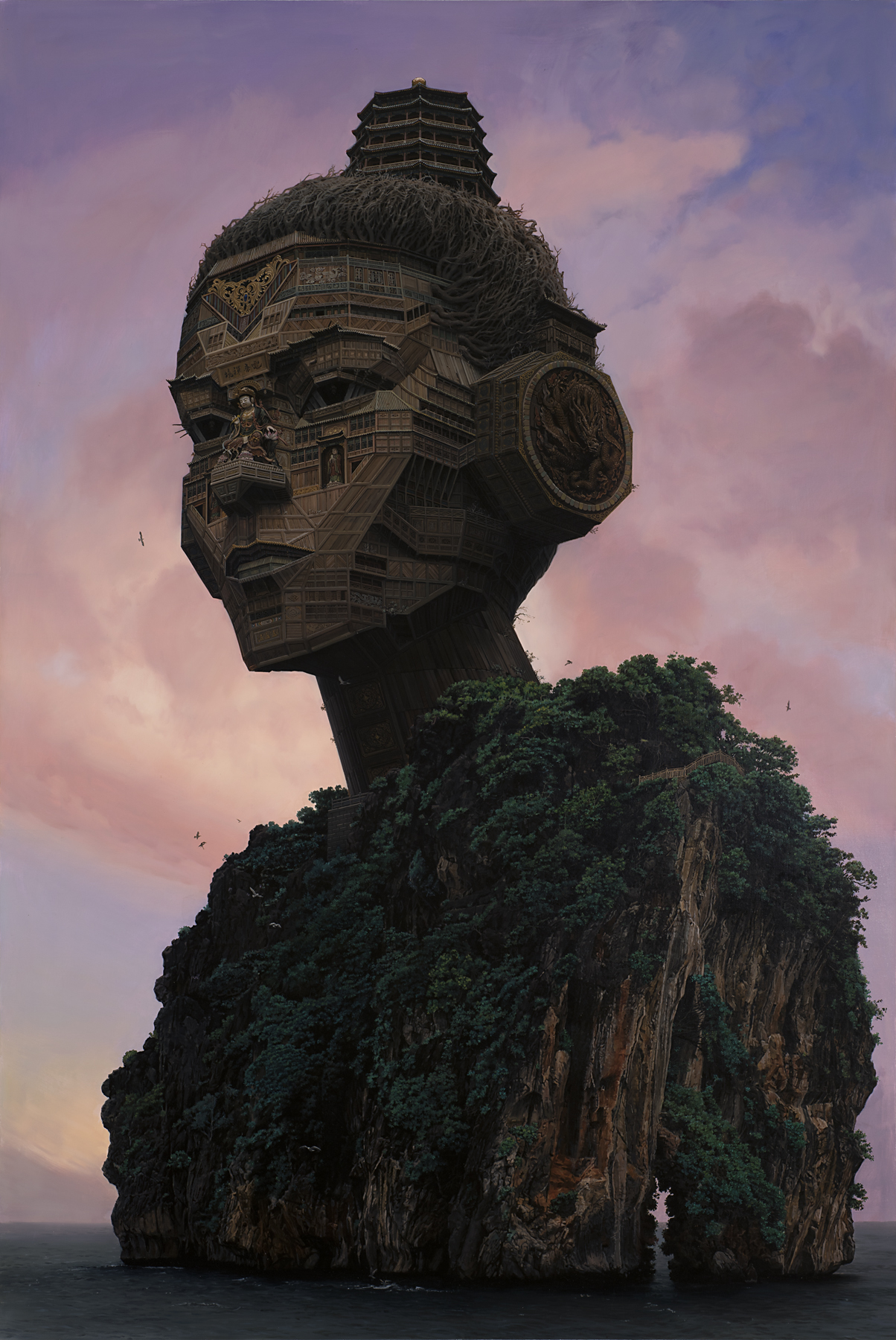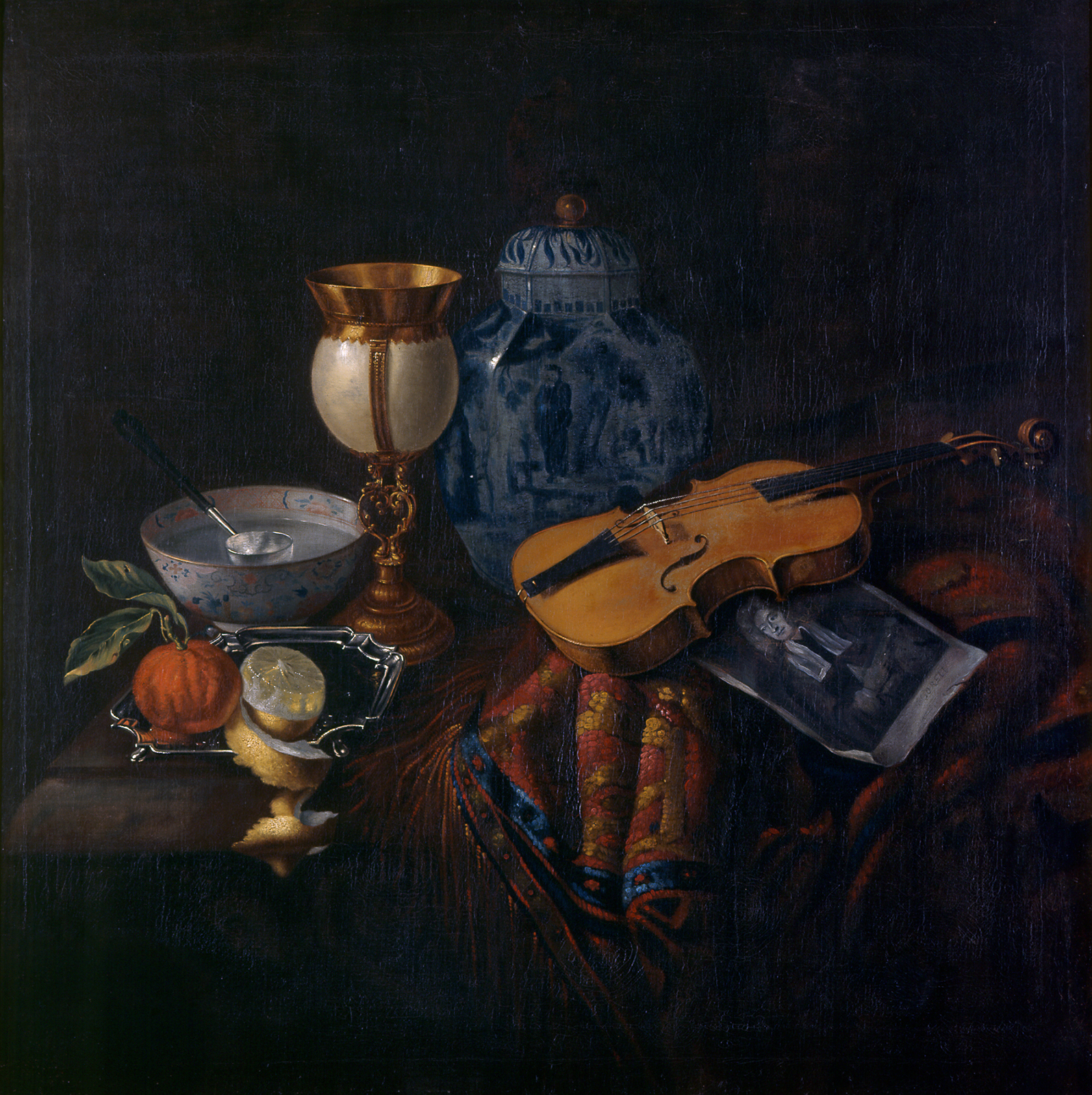Orchestrating Art
How do music and visual art intertwine? What can be learned from these creative intersections? To further explore these questions, the 2022–2023 Spencer Museum graduate interns worked with local musicians to record musical pieces inspired by artwork on view in the Spencer’s reimagined collection galleries. Explore the galleries and listen to music inspired by Zen Temple of Techno, Donning Animal Skins and Braided Grass, Still Life with Violin and Engraving of Arcangelo Corelli, and more. You can also read short passages written by each musician discussing what drew them to their chosen artwork and how it inspired their compositions.

